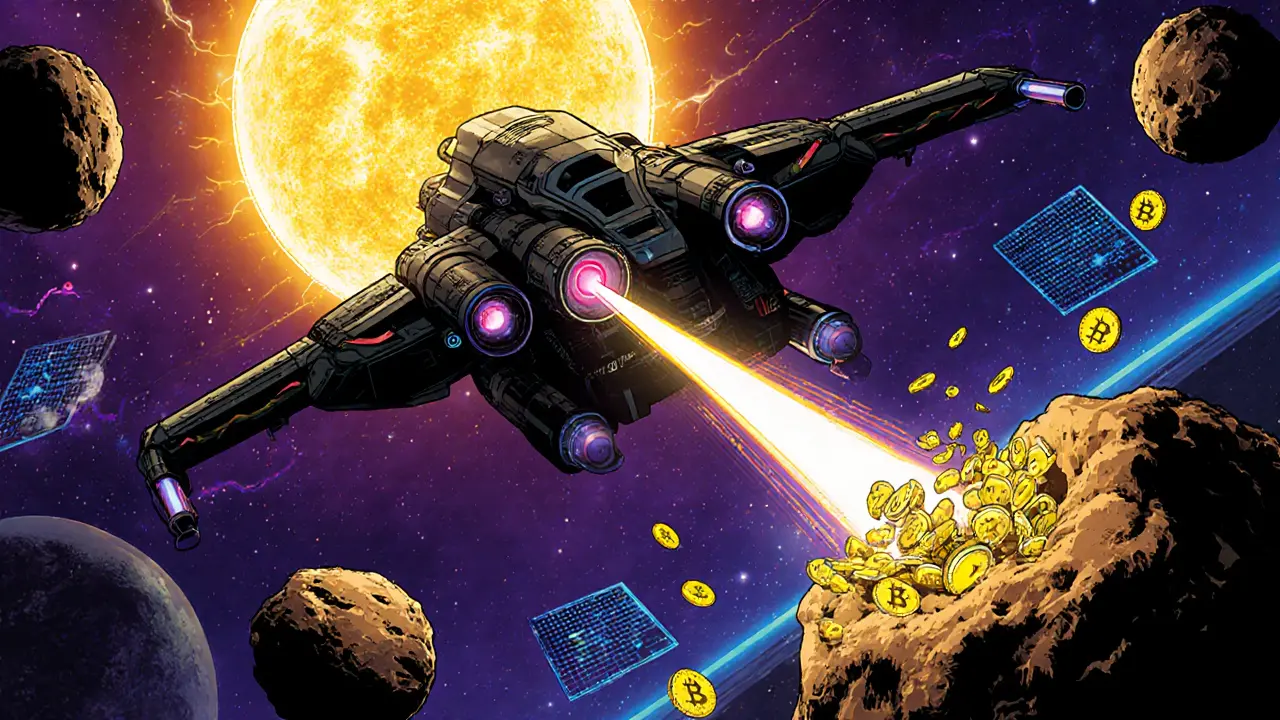Crypto Mining Game: Play‑to‑Earn, NFTs, and Airdrops Explained
When diving into crypto mining game, a blockchain‑based title that lets you earn tokens by simulated mining activities. Also known as GameFi mining, it blends video‑game mechanics with real‑world crypto incentives.
This experience falls under play‑to‑earn, a model where gameplay directly rewards players with tradable crypto assets. It also leverages NFT rewards, unique digital collectibles that can be bought, sold, or used in‑game for upgrades. Many projects boost early adoption with an airdrop, a free token distribution to eligible users that sparks community growth. crypto mining game titles usually run on Ethereum, Polygon, or BNB Chain because those networks support smart contracts and low‑fee transactions.
Understanding the ecosystem helps you decide where to spend your time. First, the core mechanic: you simulate a mining rig, upgrade hardware, and harvest virtual coins that map to real tokens. The tokenomics often include a supply cap, a deflationary burn, or a staking pool that pays dividends for holding the in‑game token. Second, the reward layer: NFTs act as rarity badges, boosting hash power or unlocking exclusive missions. Third, community incentives: airdrops reward players who complete milestones, refer friends, or hold specific NFTs, creating a viral loop that fuels growth.
From a technical standpoint, these games require two key ingredients: a blockchain that can handle frequent micro‑transactions and a front‑end that feels like a traditional game. Developers use Layer‑2 solutions or sidechains to keep gas costs low, while wallets such as MetaMask or Trust Wallet provide the bridge between the player and the on‑chain assets. Security is another hidden factor—any smart‑contract bug can drain token balances, so reputable games undergo audits and publish their source code.
When you’re ready to join, start by checking a game’s tokenomics sheet: look for clear emission rates, lock‑up periods, and real‑world utility (e.g., can the token be swapped on major exchanges?). Next, evaluate the NFT marketplace: is there liquidity, are the NFTs interoperable with other titles, and does the artwork hold community value? Finally, monitor airdrop announcements on official channels; many games require you to link your wallet, complete a KYC, or hold a minimum token amount to qualify.
In practice, a successful crypto mining game balances fun, financial transparency, and community trust. The best examples—such as titles featured in our recent guides on airdrops, low‑fee DEX reviews, and GameFi token analysis—show how a well‑designed token economy can turn casual play into a sustainable income stream. Below you’ll find a curated list of articles that dive deeper into each piece of the puzzle: from detailed airdrop walkthroughs and NFT reward mechanics to the regulatory landscape shaping GameFi in 2025. Keep reading to sharpen your strategy, avoid common pitfalls, and discover which crypto mining game fits your playing style.



